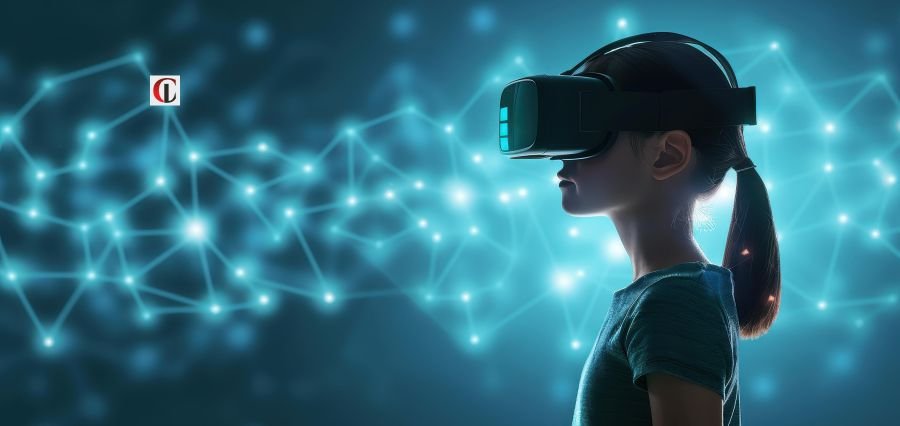In today’s rapidly evolving business environment, where technology and customer expectations evolve at light speed, building a learning culture is not just a strategic necessity—it’s essential. Human Resource (HR) leaders are leading the charge to make learning part of an organization’s DNA. By building continuous growth, they energize workers, drive engagement, and future-proof the workforce.
The Foundation of a Learning Culture
A learning culture is an organization environment in which continuous employee learning is encouraged, nurtured, critical thinking is stimulated, and knowledge sharing freely encouraged. It entails the existence of growth mindset, minds being safe, and respect attitude towards professionals’ and people’s growth.
HR influencers can shape this culture in their own way through connecting learning activities to business goals, embedding learning in daily habits, and advocating leadership endorsement. Building blocks are not just built with tools and content but through mindset, systems, and habits.
Lead from the Top: Modeling the Learning Mindset
Leadership support counts the most. CEOs and managers prioritizing own growth and being open to sharing learning experiences have enormous power. HR must encourage leadership to lead by example and be vulnerable—speak about when they don’t know something and be inquisitive. This brings learning to the mainstream at all levels and wipes out shame around knowledge gaps.
Offering regular learning opportunities to leaders such as masterclasses, peer learning networks, or innovation sessions depicts learning commitment and creates a precedent for the rest of the workforce.
Those were the times when training used to happen only in the training room. Workers today need learning that is timely, pertinent, and convenient. HR can be the force behind microlearning methods, integrate learning modules in performance support tools, and utilize digital platforms that enable learning within the context of work.
For example, delivering short tutorials, bite-sized learning, or in-the-work-flow mentoring inside work collaboration software like Slack or Microsoft Teams enables employees to upskill without impacting work flow.
Personalization: One Size Does Not Fit All
HR leaders must realize that the learning experience varies from employee to employee. Creating development paths tailored through tests, AI-powered learning platforms, and IDPs involves and makes learning more applicable. Adaptive learning tools, which customize content based on position, skill, and learning style, can significantly improve outcomes.
Also, involving employees in deciding on their own development requirements by conducting self-assessments or career talks holds them responsible for learning, enhances motivation and compliance as well.
Encourage Peer Learning and Knowledge Sharing
Learning does not always have to be external. A lot of the best learning is internal. HR can promote peer learning through mentor programs, knowledge-sharing seminars, and practice communities. Asking employees to share their experience levels learning and builds trust and cooperation. Developing internal learning champions or “learning ambassadors” who can help others along the way is an effective way of learning scaling across departments.
Make Learning Measurable and Meaningful
So a learning culture must be cherished and also quantifiable. Distinct learning metrics must be traced by HR back to business performance—be it productivity gain, customer satisfaction, or innovation measures. Tracking usage of learning platforms, course completion, and post-training performance can turn out to be really insightful.
Getting recognition is important too. Rewarding learning milestones—digital badges, promotions, or shout-outs—is a reminder to keep developing.
Make a Safe Space to Experiment
One of the barriers to learning is fear of failure. HR can build a culture of psychological safety in which employees feel comfortable to experiment, question, and challenge without fear of being criticized. Such an environment not only fosters learning but also creativity.
Enabling pilot projects, learning sprints, or cross-functional experiments offers the liberty to employees to experiment with new skills and build effective capability in a risk-free manner.
Make Use of Technology as an Enabler
Technology can be a game-changer in building a learning culture. LMS, LXP, and AI-coaching technologies make learning easy and scalable. HR must invest in those platforms that deliver intuitive, mobile, and interactive experiences to engage learners.
Gamification, interactive simulations, and AI-based feedback loops can actually flip the face of learning from a chore to an experience of discovery.
Continuous Learning as a Strategic Imperative
Lastly, cultivating a culture of learning is not a one-time activity but a strategic imperative that requires persistent effort, investment, and refinement. HR leaders must work with business leaders, L&D teams, and employees to co-design a culture where curiosity is encouraged, learning is a daily habit, and development is front and center of personal and organizational growth.
In doing so, organizations are not only future-proofing their people but also building a magnetic culture that attracts, retains, and develops the best talent.





